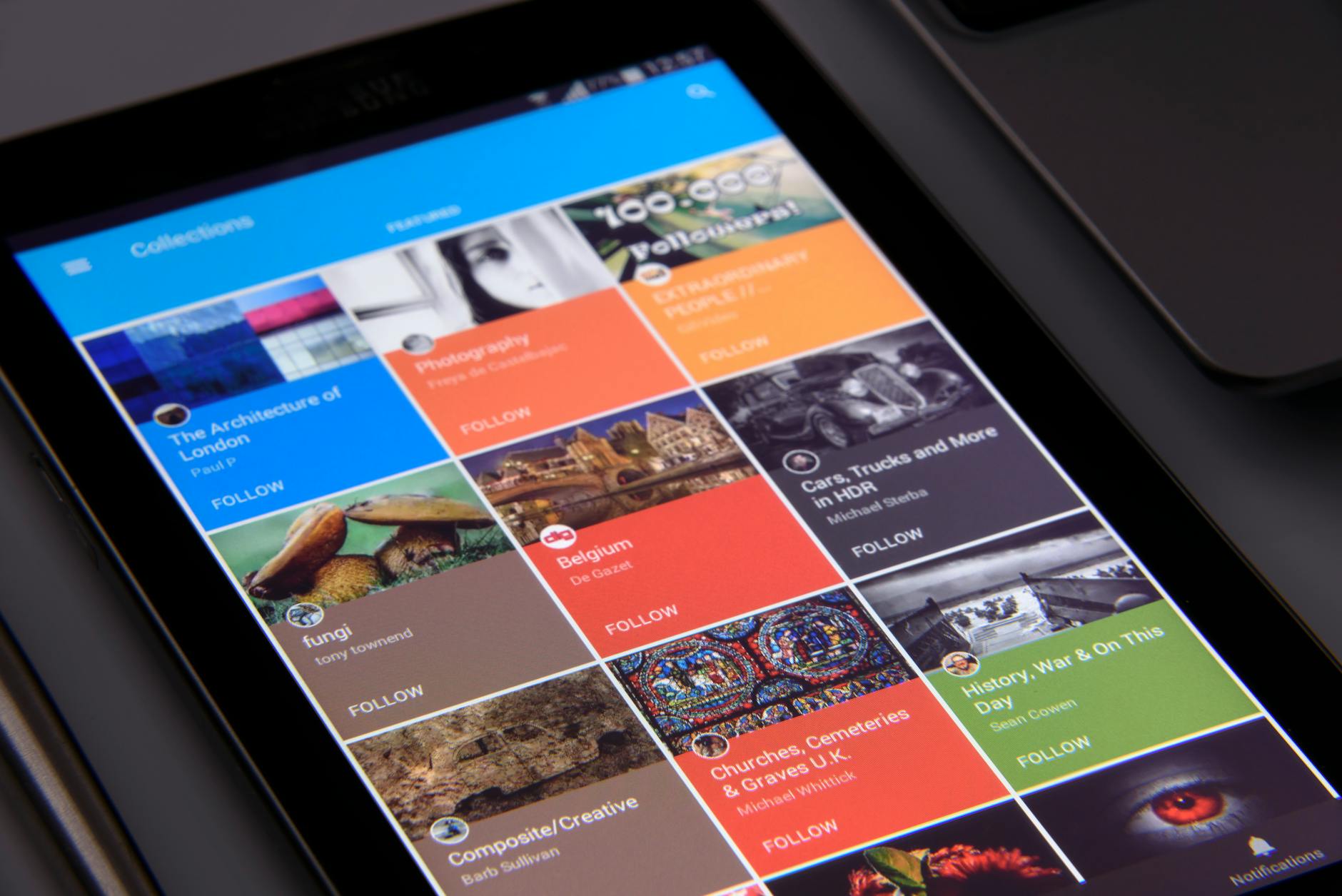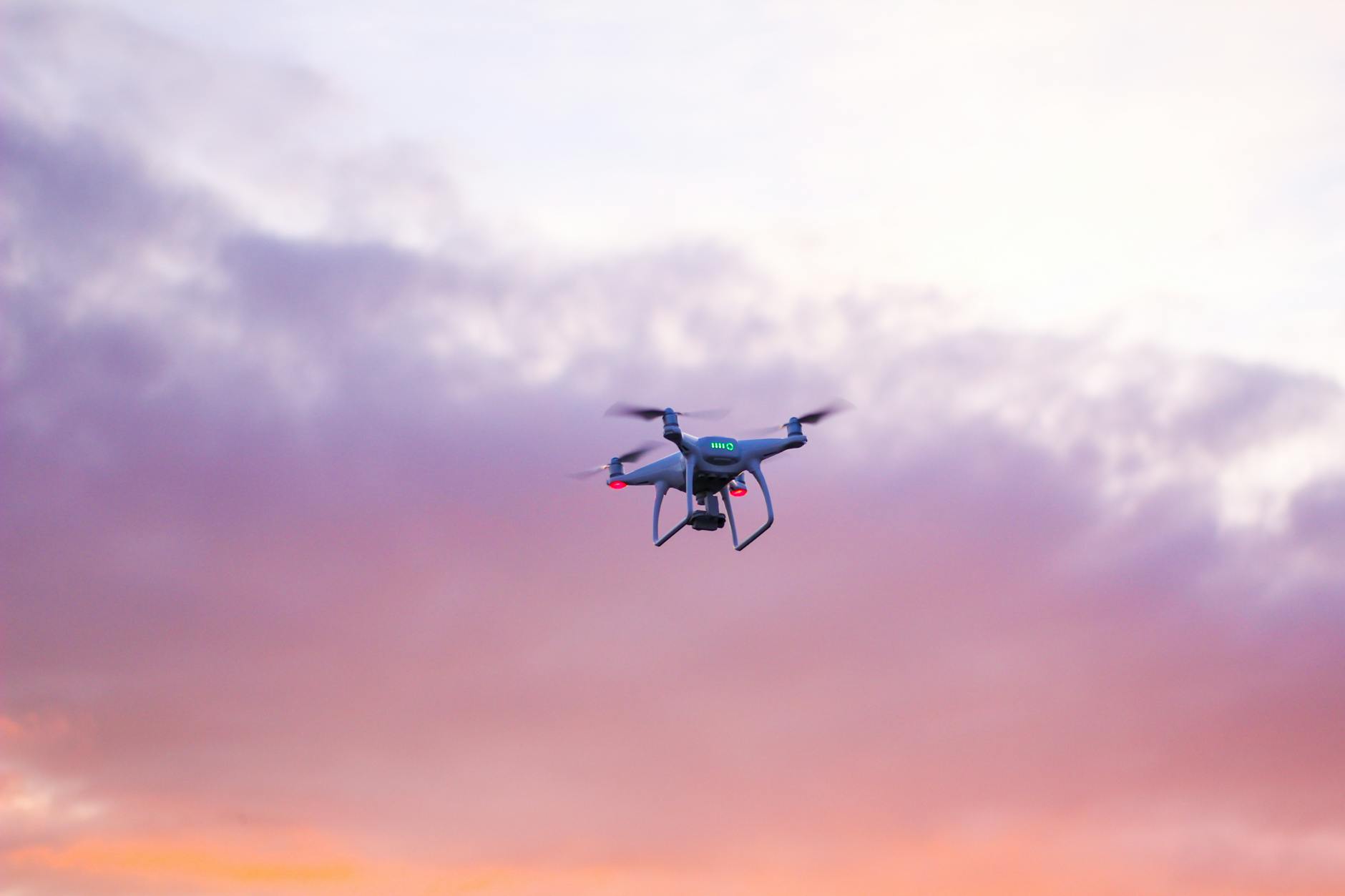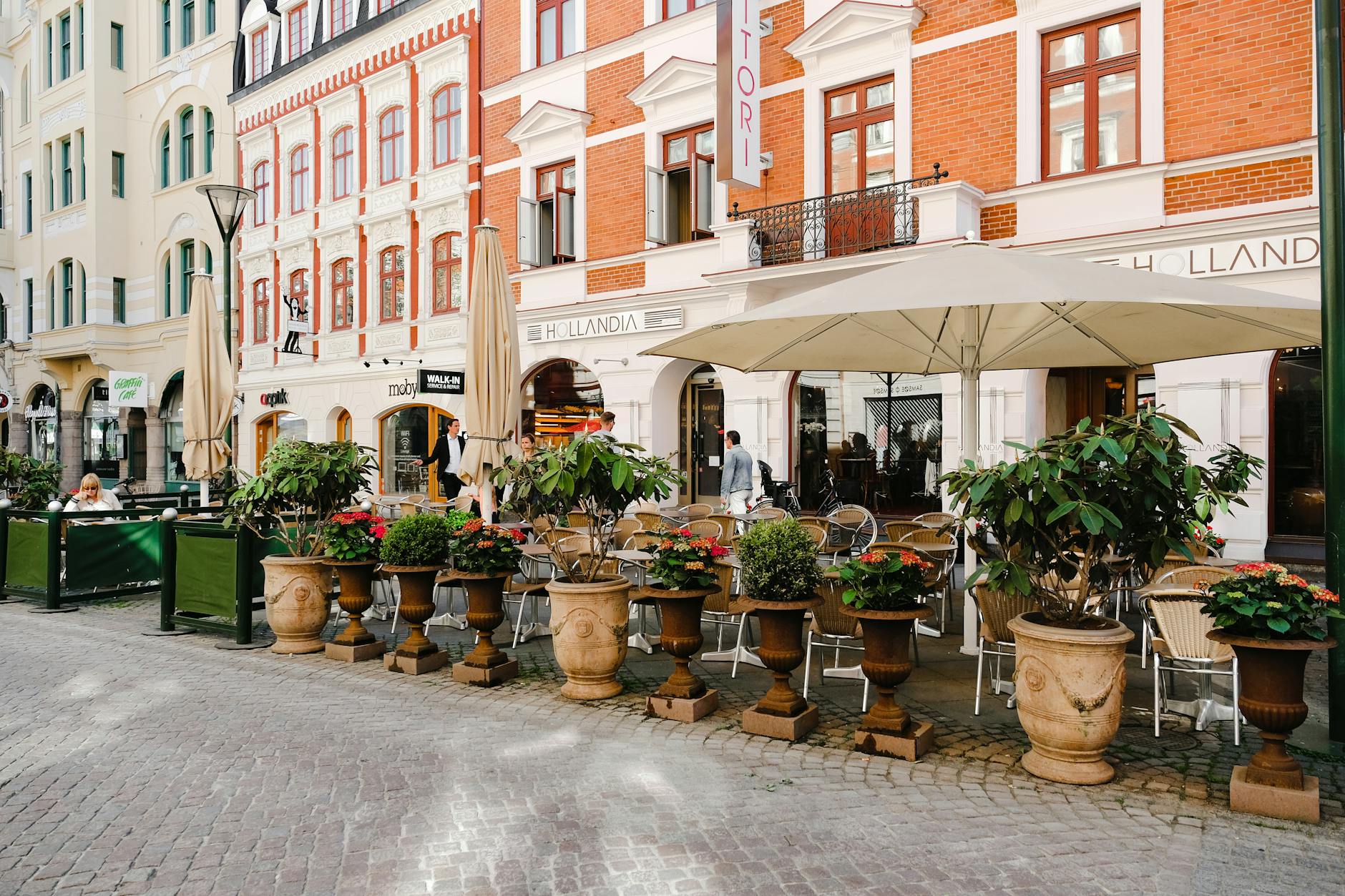What Are the Essential Components for Upgrading Australia's Public Audio Technology?

Assessing Current Infrastructure
When considering upgrades to public audio technology around Melbourne, particularly near infrastructure joints like Docklands, evaluating current systems is crucial. One must assess the configuration of existing paging systems to understand their connectivity and coverage limitations. This analysis can highlight whether the setup integrates seamlessly with new technologies, offering room for extended capabilities.
Analyzing Existing Systems
In reviewing audio systems, it’s essential to focus on each component's performance. Conduct tests on pro audio equipment to measure sound quality, latency, and scalability, ensuring they align with the latest advancements. By scrutinising these elements, you get a clear snapshot of the infrastructure’s robustness and areas needing enhancement.
Identifying Key Limitations
Identifying constraints within the current setups reveals immediate priorities for improvement. This might include outdated amplification techniques, restricted frequency ranges, or ineffective sound dispersion. Addressing these limitations can pave the way for a more integrated system that supports high-fidelity audio.
Gauging Future Requirements
Planning for the future means anticipating technological trends that could revolutionise how we experience sound. Future installations need to accommodate emerging standards and provide room for innovations like AI-driven sound moderation or novel professional microphone enhancements. Providing flexibility ensures that the system can evolve without requiring a complete overhaul, keeping pace with advancements and varied uses imagined in spaces like Melbourne’s Federation Square.
Integrating Advanced Sound Systems
Evaluating Digital Audio Mixers
Incorporating advanced sound systems in Melbourne's thriving event landscape, such as those around Federation Square, requires a focus on cutting-edge digital audio mixers. Modern mixers simplify sound management, offering versatile functionality that meets the demands of diverse event types. For instance, mixers now include features like automation and remote control, which enhance the seamless integration of audio elements during live events. This is crucial for professionals striving to captivate audiences with top-notch sound quality without technical complications.
Choosing High-Quality Speakers
Selecting the right speakers is integral to delivering exceptional audio, especially in dynamic venues like the Docklands. Opt for high-quality speakers that offer clarity, power, and durability. Look for models that provide a balanced distribution of sound across large spaces, ensuring that your audience experiences the full impact of the event. Additionally, high-efficient speakers reduce energy consumption, aligning with eco-friendly practices prevalent in modern infrastructures.
Implementing Wireless Technologies
The integration of wireless technologies, such as mesh radios, is a game-changer for event professionals. Wireless systems eliminate cumbersome wiring, offering flexibility and ease of setup. They enable real-time communication among team members, crucial for coordinating large-scale events efficiently. As you bring new technologies into Melbourne's vibrant tech environment, leveraging these wireless solutions can optimise performance and streamline operations. Whether using broadcast solutions for a product launch or setting up monitors for video conferencing, embrace wireless options to keep pace with advancements in event tech.
Enhancing Accessibility
Utilizing Induction Loop Systems
As we explore strategies to make events more accessible, incorporating induction loop systems emerges as a vital step. These systems are specifically designed for individuals with hearing impairments, allowing them to participate fully in events without missing crucial audio information. As someone deeply embedded in Melbourne's vibrant event scene, I'm constantly inspired by the communication projects evolving around Federation Square, which serve as an excellent example of making technology meet inclusive needs. Induction loops transmit audio signals directly to compatible hearing aids or cochlear implants, bypassing ambient noise and delivering clear sound. This technology not only enhances the event experience for those with hearing difficulties but also showcases a commitment to inclusivity and compliance with accessibility standards.
Incorporating Real-Time Translation Features
Incorporating real-time translation features is another powerful way to enhance accessibility at events. This technology can transform live spoken language into subtitles or translated audio, which is invaluable for events with diverse audiences. By embedding translation capabilities, event organisers can ensure that all attendees, regardless of language barriers, have an enjoyable and meaningful experience. This is particularly beneficial in events held at the Melbourne Convention Exhibition Centre, where audiences are often cosmopolitan and multilingual.
Providing Multi-Language Support
Finally, providing multi-language support is essential for fostering inclusivity. This can be done through translation apps or dedicated devices that offer audio channels in multiple languages. The use of advanced audio equipment to support these features ensures that attendees can choose their preferred language, enhancing both comfort and engagement levels. By seamlessly integrating these technologies, we can create event settings that are both cutting-edge and entirely inclusive.
Ensuring System Reliability
Regular Maintenance Protocols
A robust maintenance protocol is crucial for ensuring reliable performance of complex systems like musical equipment. Regular checks are necessary to prevent malfunction and performance degradation over time. A good practice is to develop a checklist for routine inspections. This should include:
- Visual Inspections: Identify any visible wear or damage.
- Performance Testing: Confirm system functionality and sound quality.
- Software Updates: Ensure all firmware is up-to-date for enhanced security and features.
Employing Backup Systems
To guarantee continuous operation, it's essential to incorporate backup systems. For dynamic event settings, like those seen around Federation Square, having redundancies in place is not just practical but vital. Consider dual power supplies and redundant processing units. These backups must be tested frequently to confirm they activate without delay during failures.
Conducting System Audits
System audits are integral to maintaining system reliability. Regular audits highlight potential issues and inefficiencies in systems, from audio setups to an antenna tracking system. An audit should evaluate:
- System Integration: Ensure that all components work harmoniously, preventing conflicts.
- Operational Efficiency: Assess whether the system meets its operational goals.
- Compliance with Industry Standards: Confirm alignment with the latest technical and safety standards.
These protocols together ensure that any technological deployment remains efficient and reliable.
Avoiding Common Mistakes in Audio Technology Upgrades
Optimising Venue Acoustics
Ignoring acoustics when upgrading audio systems is akin to building without a foundation. In Melbourne, venues like Federation Square require precise acoustic calibration, given the outdoor and dynamic environment. It's essential to perform detailed acoustic assessments, considering factors such as noise pollution from nearby trams and echo patterns from architectural structures. Employing soundproof insulation in particular zones can drastically optimise sound clarity and ensure the system meets modern standards.
Addressing User Training Needs
Sophisticated audio equipment is only as effective as the proficiency of its operators. I've observed at workshops in the Melbourne Convention Exhibition Centre that a lack of training can cripple even the most advanced systems. Engaging in ongoing training programs ensures that the personnel are adept at utilising advanced technologies efficiently. This approach not only enhances system performance but also mitigates potential human error.
Ensuring Technological Compatibility
Implementing new systems without regard for technological compatibility can lead to significant setbacks. When integrating components such as digital mixers or wireless speakers, assess whether they align with existing infrastructure. In projects around Docklands, ensuring seamless compatibility between new and legacy systems was crucial to success. Utilizing audio analysis software can help in identifying potential mismatches, paving the way for smoother integration and performance optimisation.


